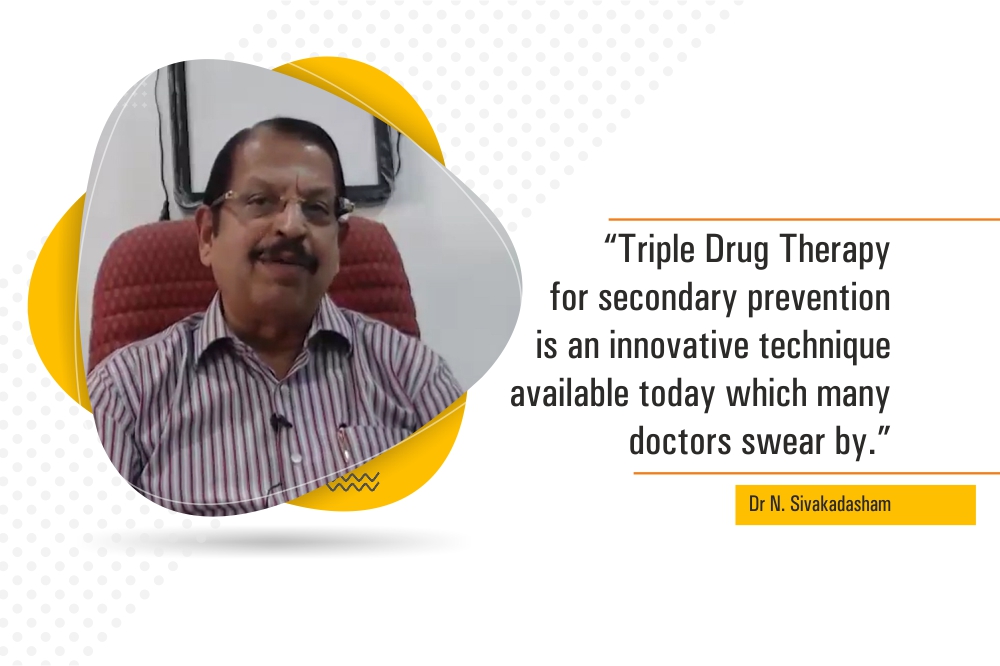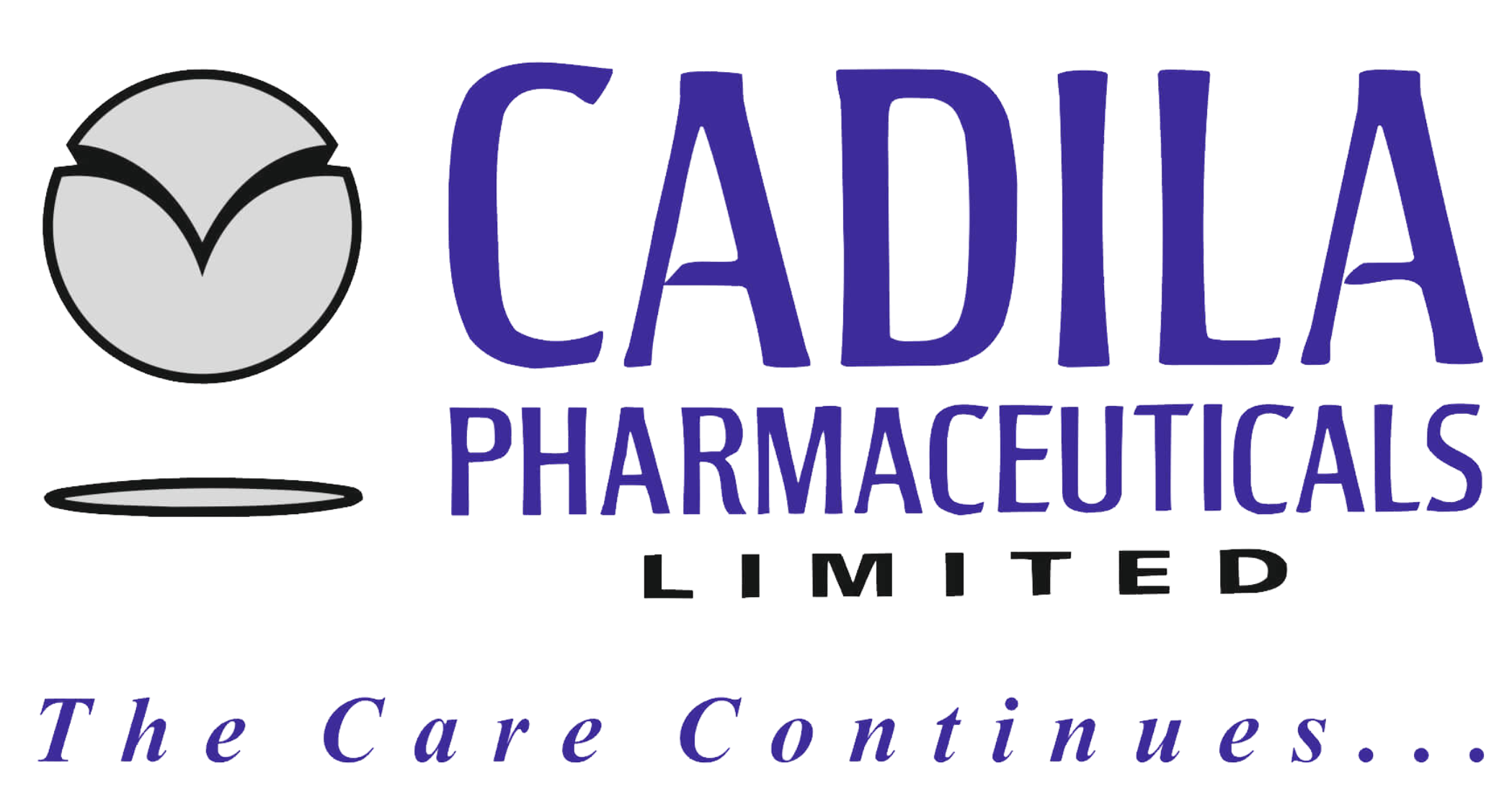

Triple Drug Therapy in Secondary Prevention – Dr Sivakadaksham
27th Aug, 2019
Cardiovascular diseases (CVD) can be painful to suffer from. Not to mention, expensive. Hence, it is important to focus on the right medicines and treatments to tackle these diseases effectively.
Dr N. Sivakadaksham, a leading doctor from Chennai, took out the time to talk to us about how Cardiologists can prevent Cardiovascular Diseases from occurring again.
“Suffering from CVD once is dangerous enough, but another episode can be life threatening. Hence, the doctors must keep themselves updated about the researches happening in the field and provide the best care. Triple Drug Therapy for secondary prevention is an innovative technique available today which many doctors swear by.
For better understanding the treatment procedure, first there should be a complete coherence of the body. We believe all cholesterol is harmful for the body. Actually, there is a component of cholesterol, HDL, which is good and should be kept in high quantity. The bad cholesterol (LDL), however, should be limited to 100 mg/dl. Exercise is also very useful when it comes to the prevention of the disease. What actually should be kept under check is the HDL Ratio. It is the total cholesterol divided by HDL (the good cholesterol). If the ratio is under five, it is ideal. 1% decrease in LDL-C, reduces the risk of getting cardiovascular disease (CVD) by 1% while a 1% increase in HDL-C, reduced the risk of getting a CHD by 3%!
There are various therapies available to reduce the LDL-C, but one drug that has stood the test of time is Statins. Right now, Atorvastatin and Rosuvastatin are available in the market and leading the market in India. It reversibly inhibits HMG-CoA reductase and therefore prevents the liver from manufacturing cholesterol. Now the question arises, for how long do you prescribe this drug? Experts advise that this drug to be administered lifelong, but if the patient’s LDL-C comes below 50, one can reduce the dosage. But initially, priority should be given to reducing cholesterol by utilizing the most powerful Statin.
The unique feature of Rosuvastatin is that it reduces the risk of myopathy, has limited interactions with the cytochrome P450 systems and that there is no need to adjust the dosage quantity in patients with mild to moderate renal impairment.
Talking about secondary prevention with other drugs, the anti-platelet drug has shown promise. When a patient is discharged after a heart attack, bypass surgery or angioplasty it is convenient to advise them to take DAPT (Dual Anti-Platelet Therapy). The current trend is that after any CVD event, to prevent the event occurring a second time, you should give a minimum dosage of 75-150 mg of Aspirin with 75mg of Clopidogrel and 10-20 mg of Rosuvastatin. The patient should strictly follow this combination in the initial days. However, when the LDL-C comes down to below 100, you can reduce the quantity of Rosuvastatin to 10 mg but continue with 75 mg of Aspirin and 75 mg of Clopidogrel.
Now patients generally do not take all these three drugs and might ask you to reduce one of them. So after 3 months of regular prescription, you can prescribe to them a pill that contains all three drugs. If you can continue this, in addition to anti failure or anti-diabetic drugs depending on the condition, the triple-drug therapy should become a cornerstone in the treatment for the prevention of secondary CVD. You can continue this dosage for period of 1 year. But all over the world, practicing physicians use this therapy for the entire life of the patient. And this has shown some significant results.”
Dr Sivakadaksham’s talk was second in the series of cardiology webinars. More than 1400 Cardiologists attended the webinar. We are grateful to Dr Sivakadaksham for sharing his expertise in the field and helping fellow doctors better their art.
Disclaimer: The medical information on this blog is provided as an information resource only, and is not to be used or relied on for any diagnostic or treatment purposes.

